Curtain walls are considered as structural elements of a building
Introduction
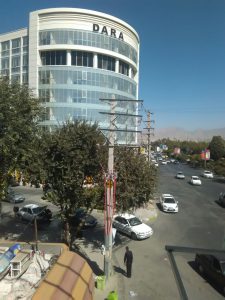
Curtain walls are considered as structural elements of a building,In the realm of modern architecture, the curtain wall has emerged as a revolutionary design element that has significantly impacted the way we construct and perceive buildings. Initially regarded as an ornamental feature meant to enhance aesthetics and provide natural lighting, curtain walls have evolved into vital structural components in contemporary architecture. This article delves into the concept of curtain walls, their evolution, and the crucial role they play as structural elements in modern buildings.
Understanding Curtain Walls
A curtain wall refers to an exterior building envelope system that is non-load-bearing, meaning it does not support the building’s weight. Instead, it functions as a protective barrier, separating the interior from the exterior, while also adding to the building’s visual appeal. The term “curtain” comes from the notion that the wall resembles a hanging curtain when viewed from a distance.
Historical Evolution
The concept of curtain walls dates back to the 19th century when advancements in glass technology led to their early usage. The Crystal Palace, built for the Great Exhibition in London in 1851, is considered one of the earliest examples of a large-scale curtain wall application. At the time, these structures were primarily intended to allow an abundance of natural light to enter interior spaces while protecting occupants from the elements.
Transition to Structural Elements
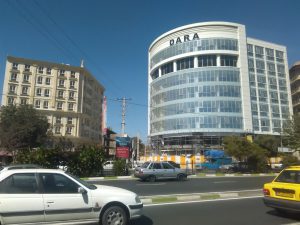
Over time, architectural innovation and engineering prowess have transformed curtain walls from mere embellishments into integral structural elements in modern buildings. Traditional curtain walls were designed as a series of aluminum-framed panels holding glazing or cladding materials, supported by the building’s primary structure. While these early iterations were not load-bearing, they did play a crucial role in transferring the load to the building frame.
Today, technological advancements have led to the development of unitized curtain walls, consisting of pre-fabricated panels assembled off-site and installed as complete units. Unitized systems offer numerous benefits, including faster installation, improved energy efficiency, and enhanced structural performance.
Structural Advantages
- Weight Distribution: As non-load-bearing elements, curtain walls distribute the structural weight of the building evenly across its frame. This even distribution reduces localized stress on the structure, improving its overall stability and durability.
- Wind Load Resistance: Modern curtain walls are engineered to withstand significant wind pressures, protecting the building from lateral forces and ensuring its integrity during adverse weather conditions.
- Seismic Performance: In regions prone to seismic activity, curtain walls play a critical role in absorbing and dissipating seismic forces, reducing potential damage to the building.
- Thermal Efficiency: Advanced curtain wall systems incorporate thermal breaks and energy-efficient glazing to enhance the building’s insulation, thereby reducing heating and cooling costs.
- Flexibility and Adaptability: Curtain walls offer architects and designers the freedom to experiment with various materials, textures, and shapes, enabling them to create unique and aesthetically pleasing facades.
Emerging Trends in Curtain Wall Design
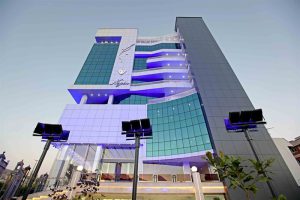
As the architectural world continues to evolve, several emerging trends in curtain wall design are shaping the future of building construction. These trends not only focus on the structural integrity of curtain walls but also on their functionality, sustainability, and aesthetic appeal.
- Green and Sustainable Solutions: In response to the growing environmental concerns, sustainable practices are becoming a central focus in modern architecture. Green curtain wall systems are being developed, incorporating energy-efficient materials and technologies such as photovoltaic cells, solar shading, and natural ventilation. These innovations not only reduce a building’s carbon footprint but also contribute to its overall energy efficiency and occupants’ comfort.
- Smart Technologies: With the rise of the Internet of Things (IoT), smart technologies are revolutionizing the way buildings operate. Intelligent curtain wall systems equipped with sensors and actuators can adapt to changing environmental conditions, adjusting the level of shading, ventilation, and lighting to optimize energy consumption. Furthermore, integrated Building Management Systems (BMS) can remotely monitor and control curtain wall performance, enhancing maintenance efficiency and overall building performance.
- Biophilic Design: Biophilic design aims to connect occupants with nature by incorporating natural elements into the built environment. In the context of curtain walls, this involves integrating greenery, living walls, and natural ventilation solutions to enhance indoor air quality, reduce stress, and improve the overall well-being of occupants.
- Dynamic and Interactive Facades: Architects are increasingly experimenting with kinetic and interactive curtain walls. These innovative designs respond to external stimuli, such as changing weather conditions or user interaction, by adjusting their appearance or position. Dynamic facades not only add a sense of dynamism and creativity to a building but can also serve functional purposes, such as optimizing daylight and thermal comfort.
- Adaptive Reuse: As sustainability becomes a priority, adaptive reuse of existing buildings is gaining traction. In such projects, curtain walls play a pivotal role in transforming older structures into contemporary and energy-efficient spaces. By retaining the building’s original facade and upgrading it with modern curtain wall technology, architects can strike a balance between preserving historical significance and incorporating contemporary design.
Challenges and Considerations
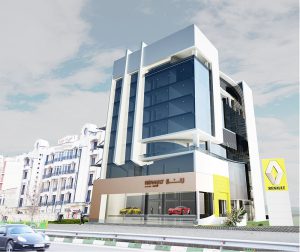
While curtain walls offer numerous benefits, their design and implementation come with specific challenges and considerations:
- Structural Integrity: The structural integrity of a curtain wall must be carefully analyzed and integrated with the primary building structure. Adequate load-bearing capacity and proper connection details are essential to ensure the curtain wall’s stability and longevity.
- Thermal Performance: High transparency can lead to increased heat gain, affecting the building’s energy efficiency. Proper insulation and the use of advanced glazing technologies are critical in mitigating this issue and maintaining indoor comfort.
- Water and Air Infiltration: Proper sealing and weatherproofing are essential to prevent water and air infiltration, which can lead to moisture damage and reduce the curtain wall’s performance.
- Maintenance and Repairs: Curtain walls require regular maintenance to uphold their functionality and appearance. Access to the curtain wall for cleaning and repairs should be factored into the design.
Conclusion
Curtain walls have transcended their conventional role as decorative elements to become indispensable structural components in modern building design. Their ability to harmonize aesthetics, energy efficiency, and structural support makes them an integral part of contemporary architecture. As the architectural world continues to innovate, curtain walls will likely continue to evolve, embracing sustainable practices, smart technologies, and creative designs to shape the future of building construction for generations to come. Embracing these trends and addressing the associated challenges will enable architects and designers to create sustainable and visually stunning structures that redefine the boundaries of modern architecture.

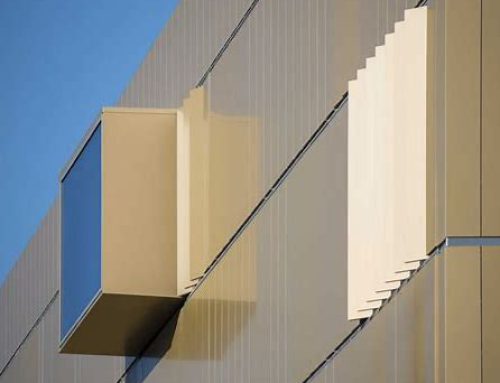

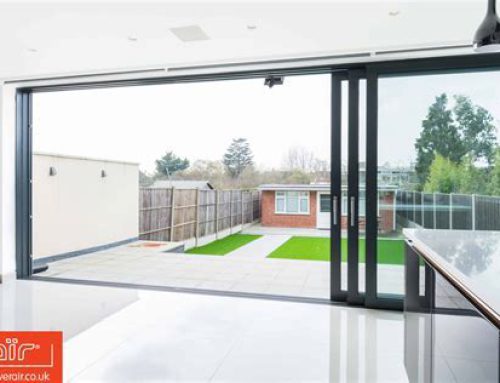
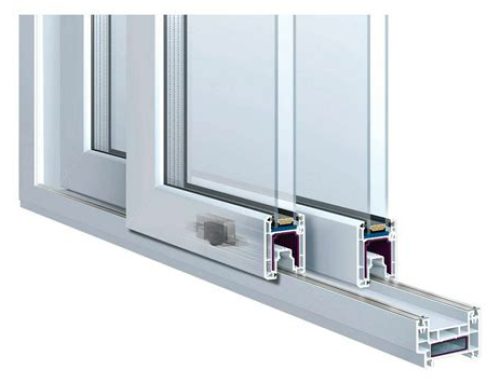
Leave A Comment